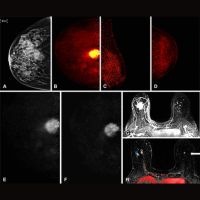Recent research findings suggest that the introduction of an AI-based detection aid did not appear to relieve the workload or reduce stress for radiologists. A study was conducted to assess the influence of a computer-aided detection system for prostate MRI on the workflow and burden experienced by radiologists.
The CAD system was a web-based, deep-learning MRI reading and reporting platform.
The team of German scientists analysed a total of 91 case reads, including 50 before implementation and 41 afterward. Variation of routine workflow was observed following CAD implementation. There was a non-significant increase in the overall workflow throughput time post-CAD implementation (at 16.99 minutes vs. 18.77 after implementation).
Moreover, there was a rise in diagnostic reading times for cases with high suspicion following the implementation of CAD (15.73 minutes compared to 23.07 minutes). No significant changes were identified in radiologists' self-reported workload or stress levels.
In summary, the study revealed results that challenge the widespread assumption that AI reduces the workload of radiologists. The implementation of an AI-based detection aid was found to be linked with reduced standardisation and revealed no impact on the workload or stress on radiologists. Whether there was a reduction in the workload has not been confirmed by the real-world study. Instead, the study emphasises the pressing need for high-quality research to evaluate AI tools in routine clinical workflows.
Source: European Journal of Radiology
Image Credit: iStock
























